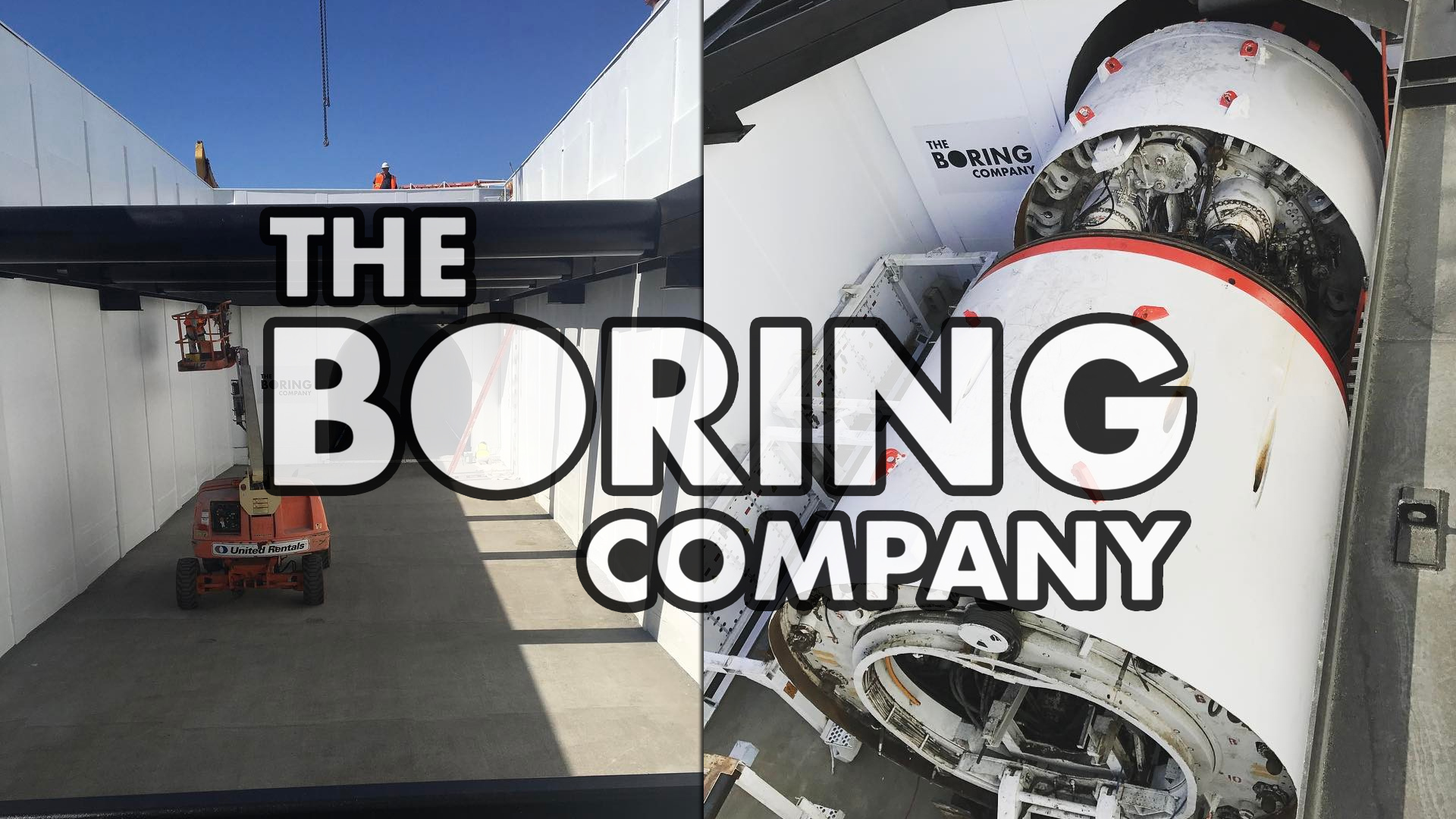

I’ve heard Elon Musk called many things by my peers, but one more so than others: evil genius. Or, that’s what we’d think his role in a movie would be seen as (especially as he’s one who reveals his business proposals as “master plans”).
In reality, Musk seems to be pushing the extremes and normalities of what we’re used to in order to be progressive. First was his mass production of electric cars, then he went on to household batteries, solar tile roofs, and most recently, a tunnel digging venture he affectionately named “The Boring Company”.
When I envisioned the future as a child, a lot of images of flying cars stuck in my head. As I grew older, I knew that if that were to happen, it wouldn’t be in my lifetime. Additionally, we’d probably all end up in the hospital, because texting and driving is bad enough—adding an extra plane of direction is like asking somebody to crash into everything. Plus, flying would be disruptive. Loud noises, an opposing force to keep the vehicle afloat, people running out of fuel because they’re not good at planning.
So with that option being not-so-ideal, what can we do to ease congestion on major roadways as more people start driving? Increased infrastructure isn’t always an option, especially in major cities. How can you widen a road which only has ten feet of sidewalk to give before hitting a high-rise?
1) Public Transit
In major cities, public transport infrastructure is already heavily used. But in most areas, even if they are densely populated, the public transport does not meet the “on the go lifestyle” of most people, making it a requirement for commuters to have a vehicle. Congestion occurs and large chunks of street are taken up by a single motorist. Not the ideal fix for every place.
2) Ride Sharing
Ride sharing has been something which is getting more popular. Tesla has The Tesla Network brewing (which Musk believe will be cheaper than a bus ticket), Uber has pools, and taxis have been an option for quite some time. Sure, it frees a few spots up on the road, but less than a bus.
3) Vehicle Autonomy
An unexpected turn for traffic is the thought that using autonomous vehicles to drive could help to ease congestion, even in small numbers. The human element is removed and decisions are made on data – not fear and/or gut impulses that you “have just enough room”.
4) Drive Underground
If we’re not going up, why not go down? Mostly cost, I presume. But The Boring Company fears no money manager as the boring machine (known as Godot) begins making the 40-mile loop around Los Angeles. This is exactly the approach which Musk took when founding his side project of digging tunnels.
The Boring Company recently published its Frequently Asked Questions regarding its project to answer all of the “why”s. The document, which answers questions about the company mission, its projected cost, and how it plans to improve efficiency. Essentially, it outlines all the procedures that were completed incorrectly over the past several years.
Benefits of tunnels include ease of traffic congestion, no disruptive noises at the proper depth (approximately 28 feet below ground in soft soil), and the increased likelihood of electric car adoption. Afraid of damage from earthquakes? Don’t worry, the site assures us that tunnels have survived major earthquakes in the past, and are more than likely going to continue doing just that.
Musk plans to use his electric sled concept (below) in order to make these tunnels usable by the public for fast transport across the city.
